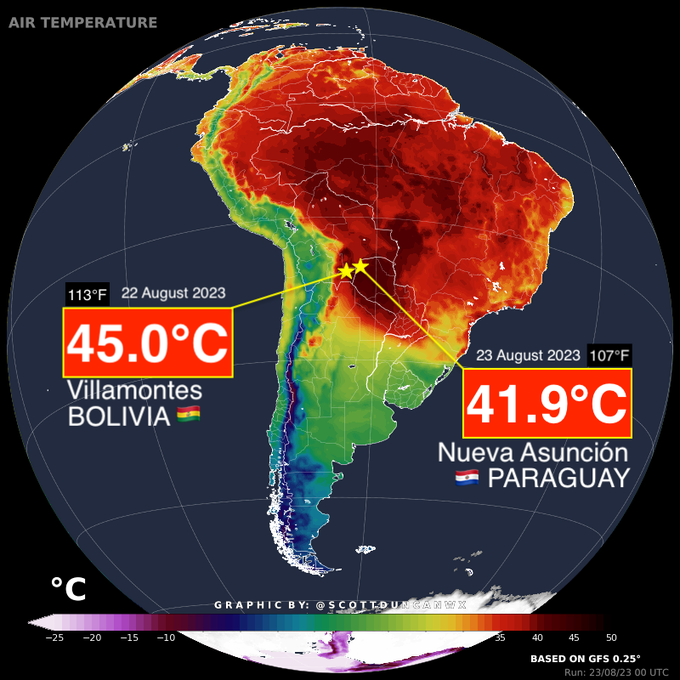I don’t like saying nice things about Joe Biden. I don’t particularly like the man, and his politics are counter to mine in many important ways. When it comes to a politician, that goes beyond a difference of opinion, his opinion comes with political power. That said, I do like having pessimistic expectations undermined, and while Biden has been far from perfect, he’s done a few things that are unequivocally good, and better than I would have expected from him. His NLRB is one, as I mentioned recently, and now he has revoked a number of oil drilling licenses and protected a large portion of Alaska (equivalent to 1.33 Belgiums) from oil drilling, with a larger area that’s partially protected. Apparently, this is being done in a way that it will be hard to undo, next time the GOP takes power. I wouldn’t say this makes up for things like the Willow Project, but this is a good thing, without question. Beau gives a good summary, and a prediction of outrage and lawsuits from Republicans:




